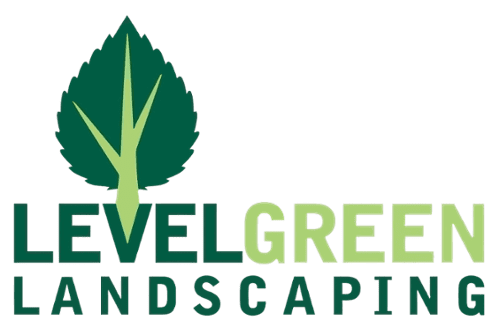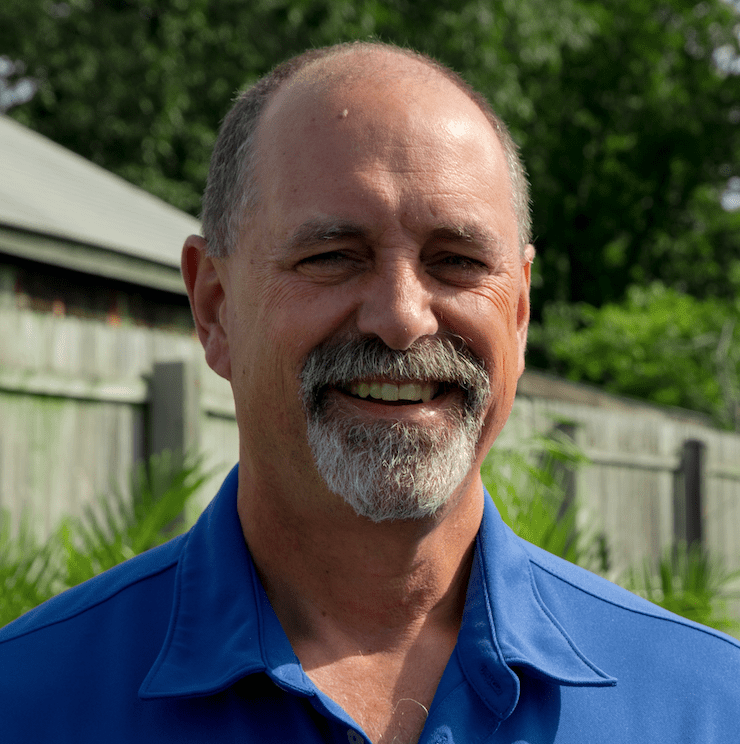If you don’t have any questions for your landscaping company about their application of turf chemicals on your property, well, you should.
Here are five questions Joey Schneider, branch manager at Level Green Landscaping, thinks you should ask before it’s time to put fertilizer or herbicide on your lawn.
He offers the answers — and a look at the efforts Level Green takes to help protect the beautiful Chesapeake Bay from harmful chemicals.
1. What Are You Actually Doing Out There?
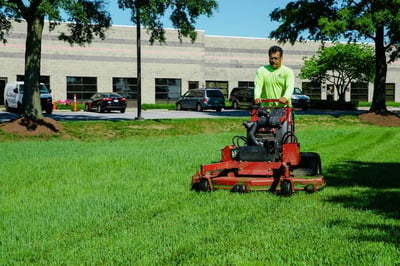 “This is the question we get the most,” Schneider says.
“This is the question we get the most,” Schneider says.
Turns out this whole chemical application process is pretty mysterious to people.
“During the first two applications, we’re putting down a pre-emergent for crabgrass, to keep it from growing,” he says. “We also put down fertilizer, to provide nutrients to help the grass grow.
“And we’re spraying a post-emergent to kill broadleaf weeds like dandelions and clover,” he says.
“You want as much grass — not weeds — in your lawn as possible.”
2. What Doesn’t Get Controlled?
Level Green doesn’t automatically spray for sedges, Schneider says.
“The chemicals used for those weedy grasses are very costly,” he says, and they’re not nearly as common as crabgrass, dandelions and clover.
“If we need to treat for that, it’s very targeted,” he says. “We routinely spray for the most common weeds that will noticeably affect your property.”
3. When Is The Best Time To Do Turf Applications?
The first application should be between March and April, Schneider says.
The second one happens between May and June.
A third round takes place in August to hit any broadleaf weeds that have popped up.
Then, a final round of fertilizer goes down in October or November to help your turf store nutrients for the winter and emerge strong and healthy in the spring.
4. Is It Safe For My Kids to Play or My Dog To Walk On the Grass After Your Visit?
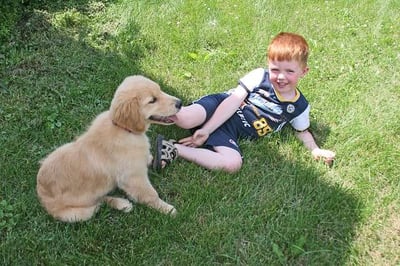 After Level Green crews apply turf chemicals, we post a yellow sign that advises everybody to stay off the grass for 48 hours, including pets that might nibble the wet grass.
After Level Green crews apply turf chemicals, we post a yellow sign that advises everybody to stay off the grass for 48 hours, including pets that might nibble the wet grass.
“That sign can look intimidating, but actually, there’s no harm in walking on it once the liquid chemicals have dried,” Schneider says. The 48 hours is extra precautionary.
Turf chemicals are most dangerous in their concentrated form — before trained crews mix and dilute them and deliver them to a property for application. Once diluted, they pose no significant risk.
Level Green pesticide technicians are thoroughly trained and certified, and provided with personal protection equipment when they’re mixing chemicals.
Sensitive to pesticide applications? The state of Maryland keeps a list of people who want to be alerted to pesticide applications in their area. Read this MDA Pesticide Information Sheet to learn more.
5. Are These Applications Harmful To The Environment?
Used in excess, yes. Lawn fertilizer’s two key nutrients — nitrogen and phosphorus — seep into the groundwater or join the runoff from rainstorms and wind up in the Chesapeake Bay.
The nutrients then feed massive algae blooms that prevent sunlight from reaching underwater grass beds, killing them. Then the algae dies and is consumed by bacteria that sucks oxygen from the water.
The result? Vast “dead zones” that suffocate the fish, oysters, crabs and other creatures who live in the bay.
Using fertilizer wisely (more on this in a minute) encourages healthy turf, which is good for the environment, Schneider says.
“When you have strong, healthy grass, there’s no runoff when it rains — the water isn’t just rushing into parking lots and storm drains,” he says. "It’s soaking into the soil.”
Following Fertilizer Laws To Protect The Chesapeake
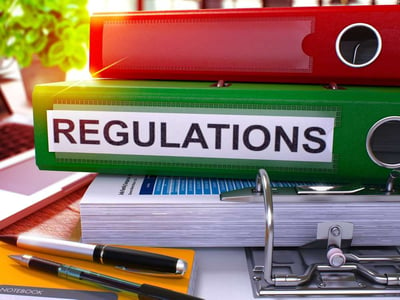 Maryland passed strict regulations several years ago governing when companies can apply fertilizer and how much they can apply, Schneider says.
Maryland passed strict regulations several years ago governing when companies can apply fertilizer and how much they can apply, Schneider says.
Efforts to protect the bay include:
- Fertilizer application isn’t allowed until March 1.
- Companies have to be licensed to apply fertilizer, and the person applying the fertilizer has to be licensed, too.
- Nitrogen can be applied only between March 1 and November 1. Slow-release nitrogen is allowed through Nov. 15.
- “You’re no longer allowed to apply phosphorus to established turf without a test to show that it needs it,” Schneider says. Phosphorus makes grass turn green quickly, he says, but it isn’t absorbed well by the soil — most of it runs off and ends up in the water table.
- “The biggest thing is to make sure your equipment is calibrated so it's putting down the right amounts,” he says. Maryland laws allow two pounds of nitrogen per year per 1,000 square feet. “We put out a little less,” Schneider says. “It still gets good results, with less nitrogen going into the bay.”
- Any granular fertilizer that ends up on hard surfaces has to be blown back into the grass so it doesn’t end up in the water. “Our turf applicators get brand new backpack blowers each year, so they never have to worry about them breaking down,” Schneider says. “It’s extra insurance.”
- At Level Green, we use slow-release fertilizer, coated with a polyurethane shell so it breaks down more slowly and doesn’t get washed right out of the soil.
Doing The Right Thing For The Chesapeake
“This matters a lot to us,” Schneider says. “When you work in the green industry, you have to have a love of the outdoors. You want the environment to be as healthy as possible.”
He has a personal stake in the bay.
“I live two miles from the water,” he says. “I take my kids to the bay all the time. Enjoying the bay with my family and catching crabs is a huge tradition around here. I want my kids and their kids to be able to do that, too.”
Level Green’s careful use of lawn chemicals goes back to its motto.
“‘Do the right thing’ applies to everything we do,” Schneider says.
Trust Your Turf To Level Green
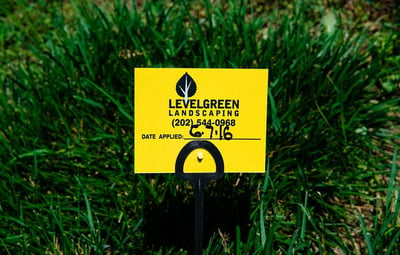 At Level Green Landscaping, we go above and beyond Maryland laws that protect the Chesapeake Bay from turf chemicals.
At Level Green Landscaping, we go above and beyond Maryland laws that protect the Chesapeake Bay from turf chemicals.
We hope you join us in caring for and protecting this beautiful natural resource.
If you’re not already a Level Green Landscaping client, we’d love to add you to our growing list of happy customers.
Our focus is on commercial properties like offices, mixed-use sites, HOAs, municipalities and institutions in Maryland, Washington DC and parts of Virginia.
Contact us at 202-544-0968. You can also request a free consultation online to meet with us one-on-one.
We’d love to hear from you.
